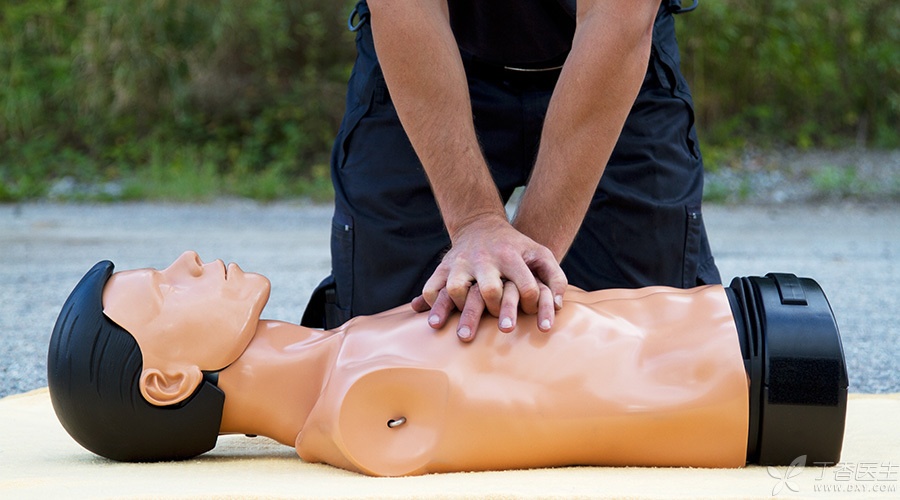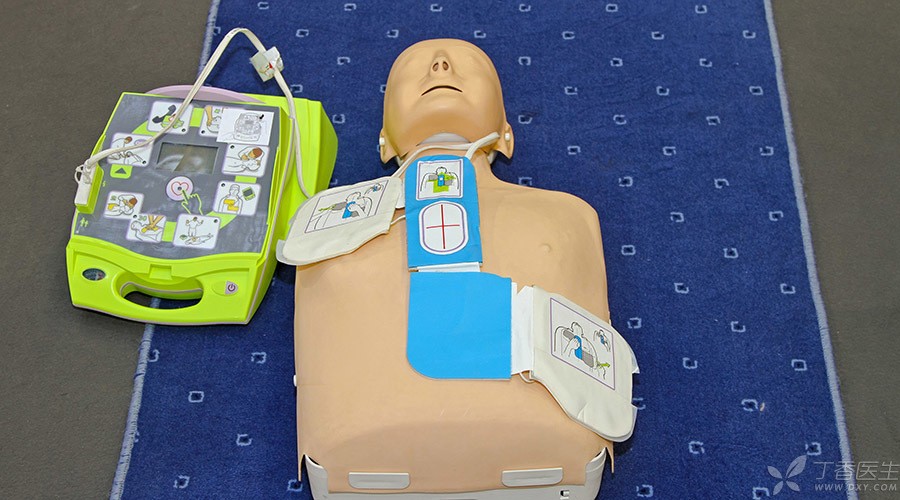
I do first aid training. In the process of training, I often encounter doubts from students. It is very interesting. Let me give a few simple examples:
When pressing outside the chest, the palms of both hands are superimposed, with the left hand below or the right hand below?
When pressing outside the chest, does the rescuer press on the left or on the right?
When the coma person lies on his side, does he lie on the left or on the right?
Do you know? You have made many people who do not distinguish between left and right very, very, very tangled!
Not only that, among most new friends who learn first aid technology, there are also some default [golden rules]:
Chest compression readings, 01, 02, 03, …, 30, must also adhere to two syllables;
Cardiopulmonary resuscitation, press breathing for 5 cycles before defibrillation;
Cardiopulmonary resuscitation must follow the sequence of chest compressions-airway opening-artificial respiration, i.e. CAB.
Start the emergency response system, always [dial 120 emergency calls].
What’s more, when implementing first aid, we only paid attention to what and never paid attention to whether we did it or not, such as:
Balloon ventilation has no thoracic fluctuation.
The speed of chest compressions generally reaches more than 150 times/minute.
Do you know that such cardiopulmonary resuscitation has little effect?
We may have attended many CPR trainings, but we seldom explore the internal logic of this process. However, learning requires [knowing what it is and why it is]. Let’s take a closer look at it one by one:
Chest compressions
Whether the left hand is under or the right hand is under, whether the rescuer is on the left or right, our goal is to maintain high-quality pressing.
As long as the speed, depth and rebound can meet the specification requirements, don’t care too much about whether it is on the left or on the right.
Lateral position of coma
The goal is to keep the patient’s airway open, vomit can flow out with gravity, can support stably, and avoid the risk of respiratory and asphyxia that may be affected by supine and prone lying.
Although it looks better to lie on the right side, there is not much difference in essence.
Chest compressions count
This is the trainer’s habitual counting method, which represents the rhythm of pressing and relaxing, and is conducive to controlling the pressing speed. Ultimately, it is to remind oneself or his companions to press and breathe 30: 2.
As for whether there are two syllables, it is not important either. English counts from 1 to 30, but there are 1 to 3 syllables. In training, it is not uncommon for novice students to press more confusedly because teachers place too much emphasis on two syllables.
Defibrillation
In first aid training, in order to train basic skills, cardiopulmonary resuscitation and defibrillation are often divided into front and back parts to explain and practice. Sometimes it gives the trainees an illusion, [defibrillation operation should be started only after 5 cycles of 30: 2 resuscitation and re-examination without respiratory pulse].
The recommendation of the Resuscitation Guidelines is that when cardiac arrest occurs, chest compressions should be started immediately. After the defibrillator is in place, no matter how many cycles you press, you will immediately stop pressing and give defibrillation.
After defibrillation, continue to alternate cardiopulmonary resuscitation at 30: 2 again, and begin to calculate 5 cycles.

Cardiopulmonary resuscitation sequence
Whether cardiopulmonary resuscitation is CAB sequence or ABC sequence should be judged according to different situations:
- For cardiac arrest, CAB sequence should be adopted, with compression taking precedence. For asphyxiated cardiac arrest such as drowning, ABC sequence should be adopted, with artificial respiration giving priority to oxygen supply. Flexible rescue should be carried out according to specific conditions.
Activate the emergency response system
There are different contents in different places.
In the United States, you have to call 911, in the general clinic of the hospital, you have to call the emergency department, and in the emergency room, you have to call your emergency team. Different places, people and methods of calling are different.
First aid operations should focus on your rescue objectives, focusing on whether the patient benefits, rather than whether the posture is graceful and whether the process meets the competition scoring standards.
Conclusion:
First aid is flexible. Flexible decision-making means focusing on the patient in front of you, giving the patient what he needs, observing, thinking and responding, and not just giving the patient everything you can.
